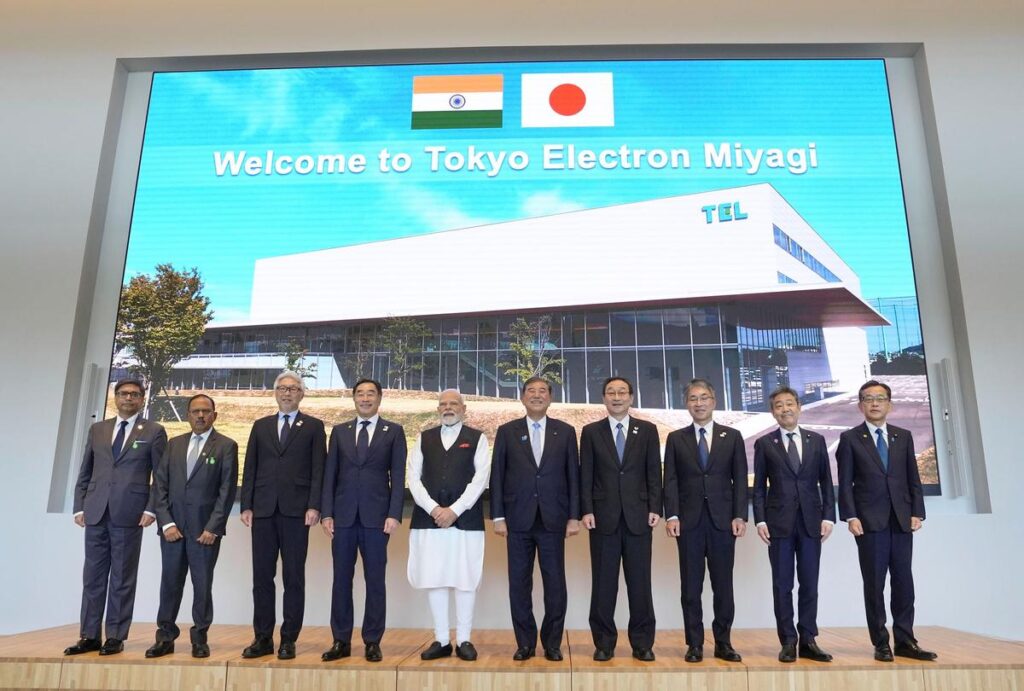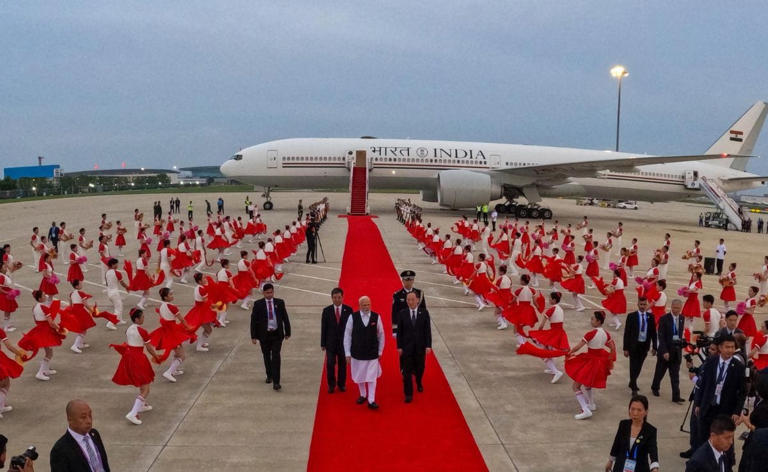Prime Minister Narendra Modi arrived in China on August 30, 2025, directly after wrapping up a landmark visit to Japan. His first visit to Beijing and Tianjin in over six years—since the Galwan Valley clashes—marked a pivotal turn in Indian diplomacy.
From Tech Ties to Strategic Thaw
In Japan, Modi secured 13 major agreements covering everything from defense collaboration to investment pledges. With Tokyo committing vast capital to Indian projects, the visit showcased a deepening industrial synergy.
But China was always on the itinerary. Modi’s stop in Beijing signals a deliberate shift toward balancing relations in a shifting global landscape—especially as he arrives for the SCO Summit in Tianjin.

Why India Heads to China Now
Despite border tensions, this visit isn’t about ignoring rivalry. Instead, it’s a calculated reset.
- Reestablishing Dialogue: Modi’s engagement reflects a cautious yet meaningful thaw between the two often-strained neighbors.
- Geopolitical Chessboard: With growing Western pressure and trade shocks—like US tariffs—India appears to be diversifying its diplomatic footprint.
- Strategic Autonomy: By engaging both Japan and China, India projects a message of multi-alignment, not siding but choosing pragmatic partnerships.

Beyond the Headlines—What Lies Ahead
India seeks from this engagement:
- Trade expansions and smoother connectivity.
- Peace along the border, built step-by-step.
- Greater visibility in regional politics, riding the wave of groups like SCO and gearing up for its BRICS leadership role in 2026 .
There are no illusions of instant breakthroughs. But this visit signals India’s intent to stay engaged—pragmatically, cautiously, and with full strategic clarity.
Summary Box: Why Modi, Despite Rivalry?
| Motive | Explanation |
|---|---|
| Renew Diplomatic Channels | First visit since border tensions—clearing the air. |
| Hedge Against Global Strains | Shifting away from over-reliance on any one global bloc. |
| Assert Strategic Non-Alignment | Engaging all neighbors—balancing rivalry and cooperation. |
| Strengthen Regional Role | Deepen multilateral presence via SCO, BRICS, and Eurasian networks. |





